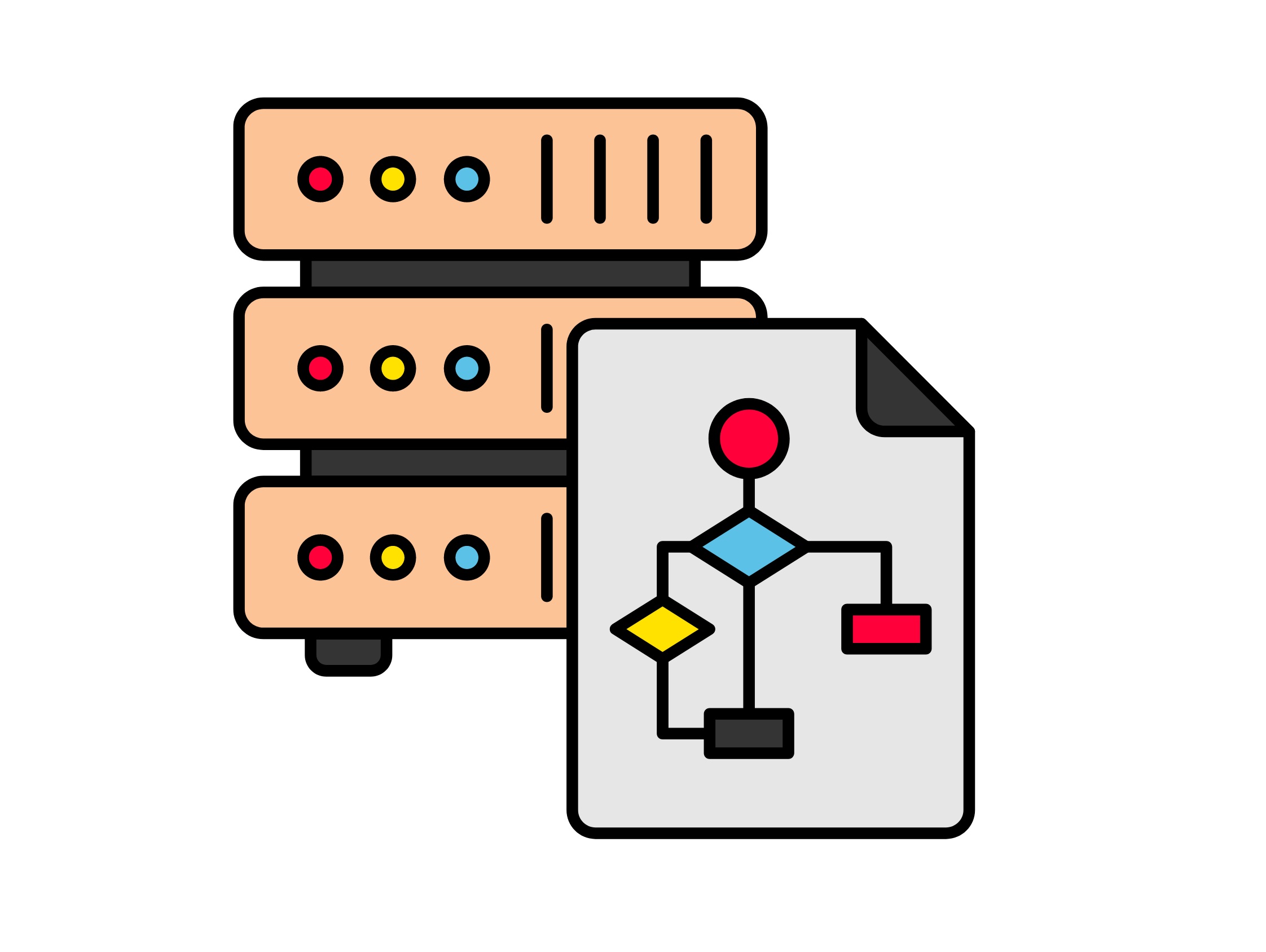Relational vs. Non-Relational Databases
Databases can be broadly categorized into two types: relational databases and non-relational databases. Let's briefly understand the difference between them:
Relational Databases: Relational databases, such as MySQL, organize data into tables with predefined relationships. They use structured query language (SQL) to define and manipulate the data. Relational databases are suitable for complex data that requires relationships and consistency. They ensure data integrity through constraints and support advanced querying capabilities using SQL.
Non-Relational Databases: Non-relational databases, also known as NoSQL databases, are designed to handle unstructured or semi-structured data. They provide flexible schemas that allow data to be stored in a variety of formats, such as key-value pairs, documents, graphs, or columnar structures. Non-relational databases are highly scalable and offer high-performance data retrieval, making them suitable for applications with rapidly changing data requirements or massive amounts of data.
While MySQL falls under the category of relational databases, non-relational databases have gained popularity due to their ability to handle specific use cases effectively. The choice between a relational and non-relational database depends on the nature of the data, scalability requirements, and the specific needs of the application.

